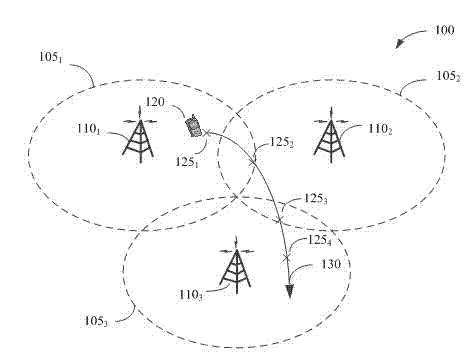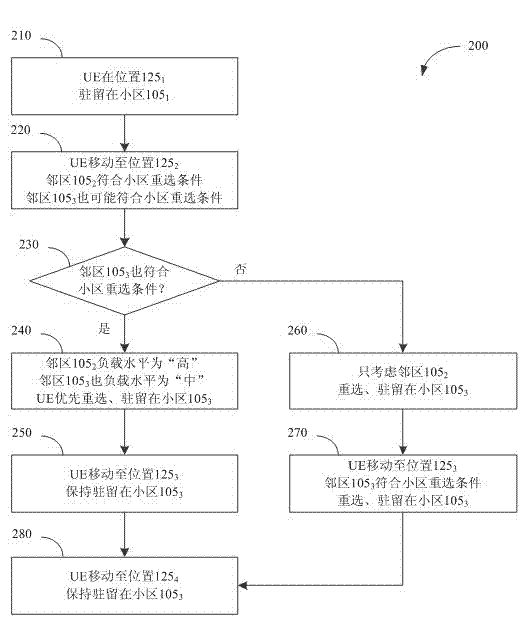LTE (long term evolution) load balancing method based on physical cell identity
A technology for physical cell identification and load balancing, which is applied in network traffic/resource management, electrical components, wireless communication, etc., and can solve problems such as inability to meet more user service requests, uneven load level distribution, and low load levels in adjacent cells.
- Summary
- Abstract
- Description
- Claims
- Application Information
AI Technical Summary
Problems solved by technology
Method used
Image
Examples
Embodiment
[0027] At first introduce several definitions of the present invention:
[0028] In order to easily distinguish the load status of different cells, the cell load level is set in three levels: low, medium, and high. The 504 PCI values (168 PCI groups) are divided into three subsets A, B, and C, corresponding to these three load levels, as shown in the table below.
[0029] PCI subset
PCI value range
PCI Group Number Range
load level
Subset A
0~167
0~55
Low
Subset B
168~335
56~111
middle
Subset C
336~504
112~167
high
[0030] On the basis of the PCI range division in the above table, the PCI range and usage methods used by the cell are limited as follows:
[0031] Definition 1: Each cell can only use one PCI value in subset A, and this PCI value is used in all other occasions except the cell synchronization signal;
[0032] Definition 2: The cell synchronization sign...
PUM
 Login to View More
Login to View More Abstract
Description
Claims
Application Information
 Login to View More
Login to View More - R&D
- Intellectual Property
- Life Sciences
- Materials
- Tech Scout
- Unparalleled Data Quality
- Higher Quality Content
- 60% Fewer Hallucinations
Browse by: Latest US Patents, China's latest patents, Technical Efficacy Thesaurus, Application Domain, Technology Topic, Popular Technical Reports.
© 2025 PatSnap. All rights reserved.Legal|Privacy policy|Modern Slavery Act Transparency Statement|Sitemap|About US| Contact US: help@patsnap.com



